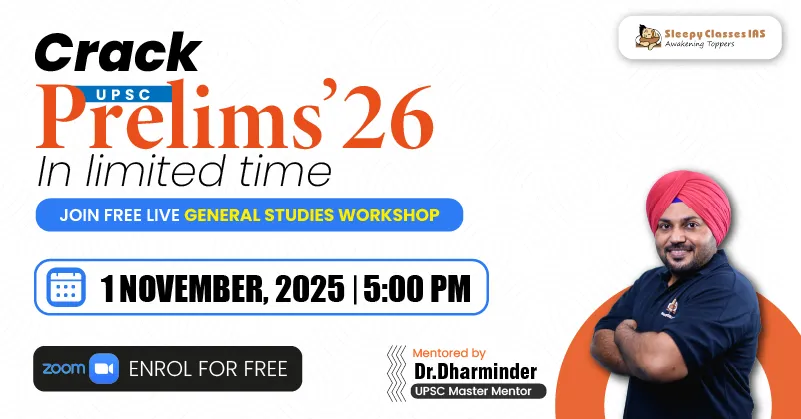Question
Q46. Consider the following pairs:
Objects in space Description
1. Cepheids : Giant clouds of dust and gas in space
2. Nebulae : Stars which brighten dim periodically
3. Pulsars : Neutron stars that are formed when massive stars run out of fuel and
collapse
How many of the above pairs are correctly matched?
- Only one
- Only two
- All three
- None
Answer: 1
Detailed Explanation
Pair 1 is incorrect: Cepheids, also called Cepheid Variables, are stars which brighten and dim periodically. This behavior allows them to be used as cosmic yardsticks out to distances of a few tens of millions of light-years. The brighter the Cepheid, the longer its period. In fact, Cepheids are very special variable stars because their period (the time they take to brighten, dim and brighten again) is regular (that is, does not change with time), and a uniform function of their brightness. That is, there is a relation between the period and brightness such that once the period is known, the brightness can be inferred.
Pair 2 is incorrect: A nebula is a giant cloud of dust and gas in space. Some nebulae (more than one nebula) come from the gas and dust thrown out by the explosion of a dying star, such as a supernova. Other nebulae are regions where new stars are beginning to form. For this reason, some nebulae are called “star nurseries.”
Pair 3 is correct: Pulsars are neutron stars. Pulsars are rotating neutron stars observed to have pulses of radiation at very regular intervals that typically range from milliseconds to seconds. A pulsar is the crushed core of a massive star that ran out of fuel, collapsed under its own weight and exploded as a supernova.



